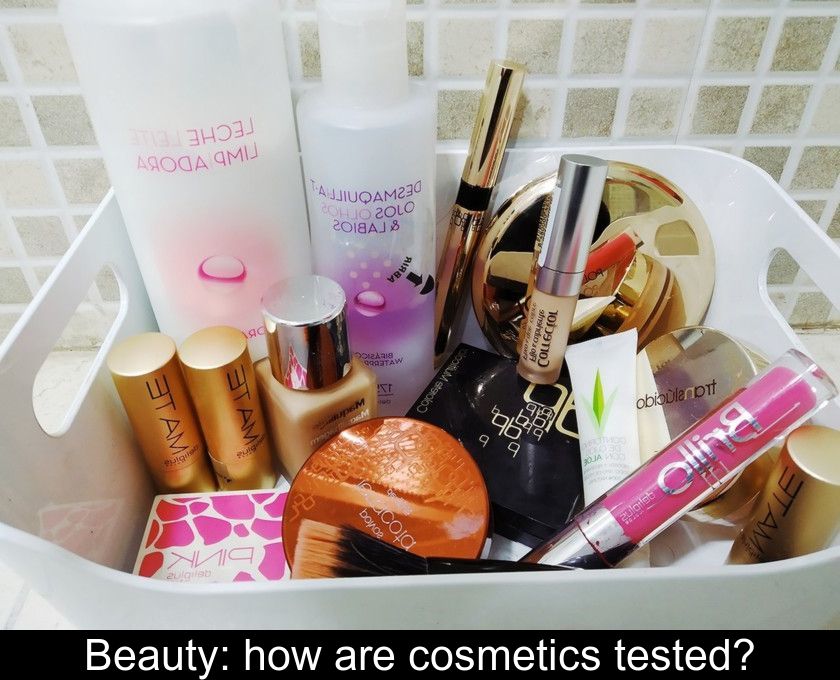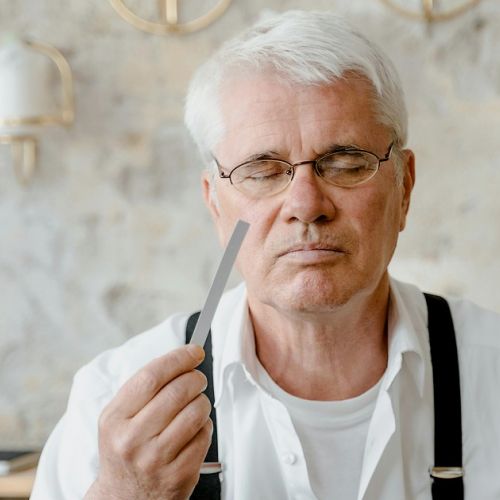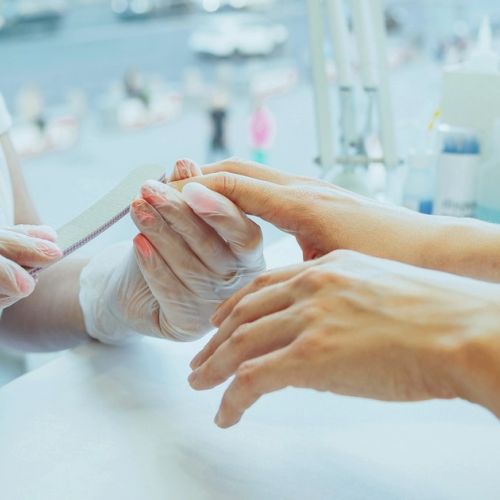Beauty: How Are Cosmetics Tested?
Animal testing for cosmetic products has been banned in Europe since 2004. We suggest you find out what methods are used to test your beauty products.
What are the regulations in Europe?
Since the 2000s, European regulations on cosmetic testing have changed significantly.
In France, as in all EU countries, animal testing for finished products has been banned since 2004.
Animal testing for cosmetic ingredients has also been banned since 2013.
In summary, a cosmetic product is never tested on animals at any point in its development or manufacture in Europe.
To be noted: it is also important to know that the European Union has specific legislation on the use of animals for scientific purposes and this... since 1986! Current regulations limit animal testing for research purposes and set minimum requirements for the housing and care of the animals used.
Should I choose products labelled "not tested on animals"?
If you sometimes see the words 'not tested on animals' on the packaging of a beauty product, don't be fooled!
This does not mean that other brands test on animals...
It is simply a bogus marketing argument, which provides no additional guarantee to the consumer.
This mention has no interest since it simply means that the product complies with current European regulations, like all other cosmetic products sold within the European Union.
What are the labels guaranteeing animal welfare?
If you want to reconcile the daily use of cosmetic products with respect for animal welfare, you can favor certain labels with stricter specifications than simply the absence of animal testing.
The labels in question are:
- Cruelty Free International
- Leaping Bunny Program (with its logo representing a bouncing rabbit)
- PETA
These labels distinguish products that are not tested on animals worldwide or that are vegan (i.e., without any animal ingredients, including honey or milk).
The label can be for a single product or an entire brand of beauty products.
To learn more, we invite you to consult the characteristics of these different labels on their respective websites and on the PETA France website (link below).
What about products made outside Europe?
Outside Europe too, legislation is moving in the right direction.
Until now, animal welfare advocates have been pointing fingers at China's animal welfare policy, as animal testing was imposed and carried out by the government for all imported cosmetics.
Since May 1, 2021, a significant breakthrough has been achieved thanks to companies, NGOs and European authorities.
From now on, animal testing is no longer required for general cosmetics imported into China, provided that a certificate of compliance with good manufacturing practices and a product safety assessment is presented.
In practice, this means that a French make-up brand, for example, can sell in China without the authorities conducting animal tests.
This is good news for all consumers who do not want to condone this practice, even in other countries.
What are the alternatives to animal testing?
French companies like L'Oreal have been pioneers in developing alternative methods to animal testing.
In order to guarantee the safety of the product for the consumer, there are several stages in the development of cosmetics before they are marketed.
Cosmetic ingredients that have been used for decades or even hundreds of years (such as glycerin, vegetable oils or vegetable butters) do not require testing because they are perfectly known.
For new ingredients, in vitro tests are performed on reconstructed skin. Skin cell cultures that mimic the structure of human skin are used and ingredients and cosmetics are applied to them to measure their effects.
Synthetic corneas may also be used to test for eye irritation and product effects on the eyes.
Before a product is marketed, brands may also conduct volunteer testing. This allows the product to be tested under 'real life' conditions and to ensure that it does not cause an allergic reaction.
Even after the product is put on the market, there is a cosmetovigilance system set up in France since 2013.
Health professionals, cosmetic industries and distributors are obliged to report immediately serious adverse reactions that occur under normal conditions of use of the product.
In addition, consumers who experience an irritant or allergic reaction to a cosmetic product can report this side effect online at https://solidarites-sante.gouv.fr/soins-et-maladies/signalement-sante-gouv-fr/article/signaler-un-effet-indesirable-lie-a-un-produit-cosmetique.
This can be done even when the product has been misused, for example if the user has applied hair dye to the eyebrows.











